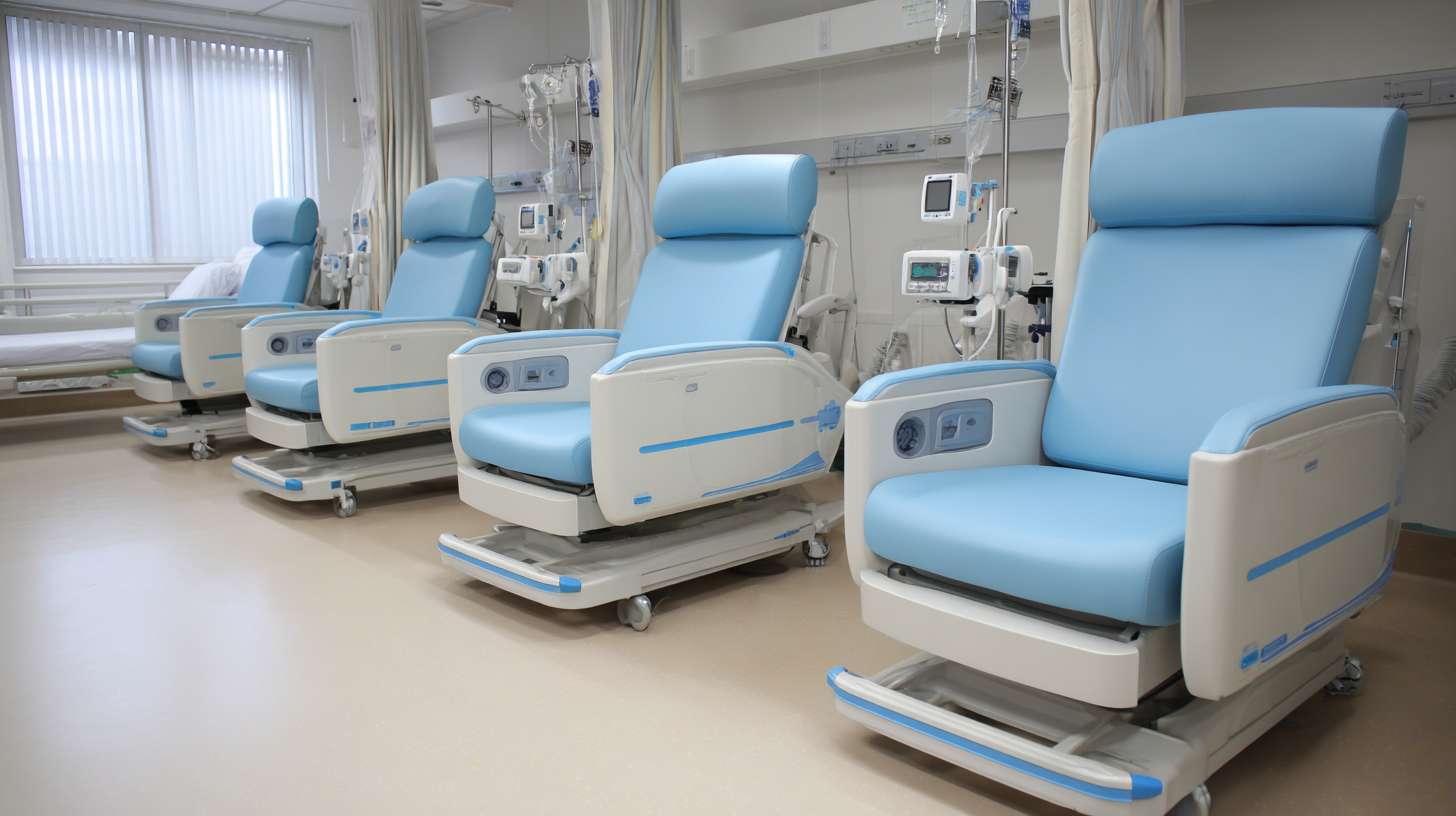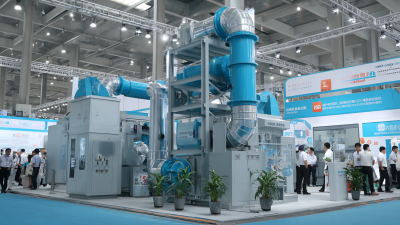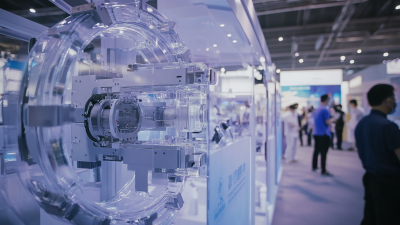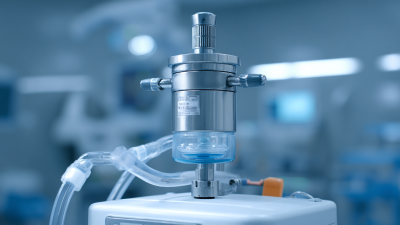Pressure sores, also known as decubitus ulcers, pose a significant health risk for individuals with limited mobility, particularly the elderly and those recovering from surgery. According to industry reports, approximately 2.5 million people in the United States experience pressure ulcers each year, leading to extended hospital stays, increased medical costs, and decreased quality of life. The implementation of effective Anti Decubitus solutions is crucial in mitigating these risks. From specialized mattresses to innovative positioning systems, advancements in pressure relief technology play a vital role in enhancing patient comfort and preventing the occurrence of these debilitating sores. The following article explores the top five Anti Decubitus interventions, focusing on their impact on patient care and overall well-being, supported by recent clinical findings and research in the field of wound management.

Pressure sores, also known as pressure ulcers or bedsores, are a significant health concern, particularly for individuals with limited mobility.
According to the National Pressure Injury Advisory Panel (NPIAP), approximately 2.5 million patients in the United States develop pressure ulcers each year, leading not only to discomfort but also to serious complications like infections. Understanding the nature of these sores is crucial for both prevention and treatment. They are primarily caused by prolonged pressure on the skin, which impairs blood flow and can result in tissue damage.
To combat this issue, various anti-decubitus solutions have been developed. For instance, specialized mattresses and cushions designed to redistribute pressure can significantly enhance comfort for patients confined to beds or wheelchairs. A report by the Agency for Healthcare Research and Quality (AHRQ) revealed that implementing pressure-relieving devices could reduce the incidence of pressure injuries by up to 50%. Furthermore, strategies such as regular repositioning and skin assessments play a vital role in prevention. By integrating these solutions into patient care protocols, healthcare providers can effectively mitigate the risk of pressure sores, ensuring better patient outcomes and enhanced quality of life.
When selecting anti decubitus solutions, key features play a critical role in enhancing user comfort and preventing pressure sores. Effective anti decubitus products typically utilize advanced materials that distribute pressure evenly across the surface, reducing the risk of skin breakdown. Memory foam and gel-infused structures are popular choices that conform to the body’s contours, providing personalized support and alleviating pressure points. Additionally, breathable fabrics promote air circulation, minimizing moisture build-up, which is crucial for maintaining skin integrity.
Another essential aspect is adjustability and versatility. Products such as adjustable air cushions or dynamic mattresses allow for customization based on individual needs and preferences. These features not only enhance comfort but also facilitate repositioning, which is key in preventing prolonged pressure on specific areas. Furthermore, ease of use and maintenance contribute significantly to the overall effectiveness of anti decubitus solutions. User-friendly designs encourage regular adjustments and cleaning, ensuring that the products remain hygienic and functional over time.
| Solution | Features | Material | Weight Capacity | Warranty |
|---|---|---|---|---|
| Wireless Air Mattress | Dynamic pressure redistribution, adjustable firmness | Medical-grade PVC | Up to 300 lbs | 2 years |
| Gel-Infused Foam Pad | Cool gel technology, contoured design | High-density foam | Up to 250 lbs | 3 years |
| Inflatable Positioning Cushions | Customizable support, lightweight and portable | Durable nylon | Up to 400 lbs | 1 year |
| Egg Crate Mattress Topper | Enhanced airflow, pressure relief design | Polyurethane foam | Up to 275 lbs | 5 years |
| Pressure Relief Wheelchair Cushion | Multi-layer design, non-slip bottom | Memory foam and gel | Up to 350 lbs | 2 years |
When it comes to preventing pressure sores, the materials used in anti-decubitus solutions play a crucial role. Different materials offer varying levels of support and comfort, catering to the needs of individuals who are at risk of developing pressure ulcers due to prolonged immobility. For instance, memory foam has gained popularity for its ability to conform to the body’s contours, providing targeted pressure relief and reducing stress on sensitive areas. Its viscoelastic properties ensure that weight distribution is optimized, further enhancing comfort over time.
In contrast, gel-infused materials are another excellent option, as they not only provide cushioning but also help to regulate temperature. This can be particularly beneficial for users, as overheating can exacerbate skin breakdown. Air-filled solutions, such as alternating pressure mattresses, utilize a dynamic approach to redistribute pressure and improve blood flow. Each of these materials presents unique advantages, making it essential to consider individual needs and conditions when selecting the best anti-decubitus solution. Ultimately, understanding the comparative benefits of these materials can significantly enhance comfort and prevent the incidence of pressure sores.

 Innovative technologies are at the forefront of enhancing comfort and preventing pressure sores with their latest pressure relief solutions. From smart mattresses that automatically adjust their firmness based on body weight and position to wearables that monitor skin health, there are numerous advancements available today to promote better comfort for those at risk of decubitus ulcers. These solutions leverage cutting-edge materials and smart technologies, ensuring that individuals can maintain a higher quality of life.
Innovative technologies are at the forefront of enhancing comfort and preventing pressure sores with their latest pressure relief solutions. From smart mattresses that automatically adjust their firmness based on body weight and position to wearables that monitor skin health, there are numerous advancements available today to promote better comfort for those at risk of decubitus ulcers. These solutions leverage cutting-edge materials and smart technologies, ensuring that individuals can maintain a higher quality of life.
Tips for selecting the best anti-decubitus solutions include looking for products that offer adjustable settings to accommodate personal comfort preferences, as well as those that utilize breathable fabrics to reduce moisture buildup. Additionally, it’s crucial to pay attention to user reviews and clinical evidence demonstrating the effectiveness of these solutions in preventing pressure sores.
Another area of innovation is the development of dedicated apps and software that provide real-time monitoring and alerts to caregivers. This ensures timely interventions, which are essential for maintaining skin integrity. Embracing these modern technologies not only enhances comfort but also significantly mitigates the risks associated with pressure sores, leading to healthier outcomes for those in need.
When it comes to enhancing comfort and preventing pressure sores, implementing best practices is crucial for maximizing the benefits of anti-decubitus solutions. First, it is essential to choose the right support surfaces, such as specialized mattresses or cushions that redistribute pressure effectively. Regularly adjusting the position of the individual, combined with these surfaces, can significantly reduce the risk of pressure sores.
Tips for using anti-decubitus solutions include ensuring proper maintenance and hygiene of the support surfaces. Regularly check for wear and tear, and clean the materials to maintain their effectiveness. Additionally, educate caregivers on the importance of turning and repositioning individuals at regular intervals, as this can help in maintaining blood circulation and preventing pressure buildup in vulnerable areas.
Moreover, consider incorporating skin care routines that promote overall skin health for those at risk. Using moisturizers and protecting skin integrity can amplify the preventive effects of anti-decubitus solutions, leading to improved comfort and a reduction in the occurrence of pressure sores. By integrating these best practices, one can create an environment that prioritizes comfort and safety for individuals at risk of developing pressure sores.






